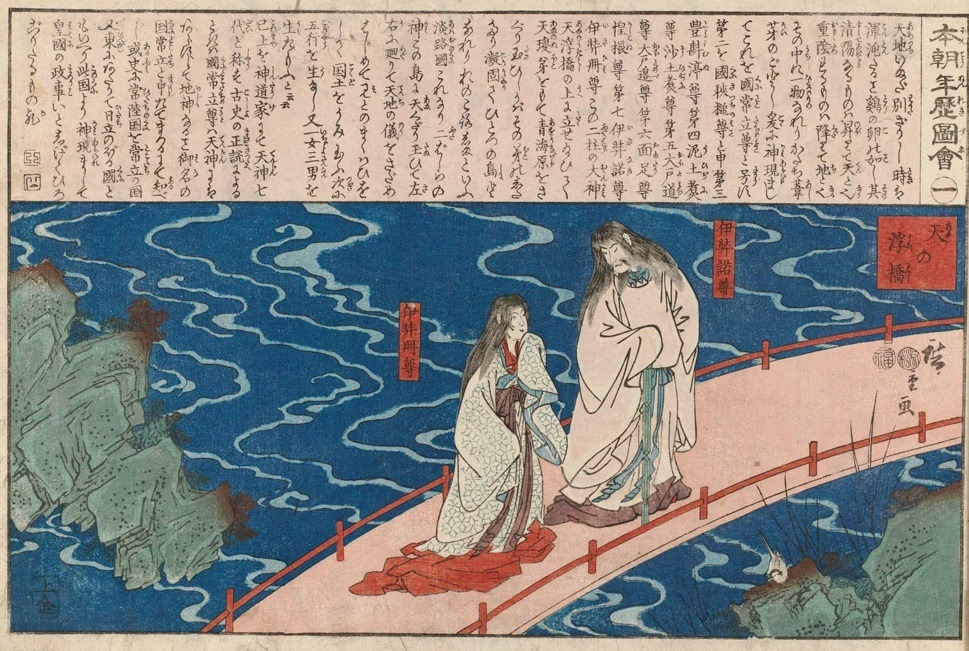
Ono's text introduce the reader to two millennia of indigenous Japanese belief in the kami and communal life. Further examination of Shinto's lively festivals, worship, music, and sacred regalia illustrates Shinto's influence on all levels of Japanese life.įifteen photographs, numerous drawings and Dr. This introduction unveils Shinto's spiritual characteristics and discusses the architecture and function of Shinto shrines. Since then Shinto the Kami Way textbook received total rating of 3.8 stars and was available to sell back to BooksRun online for the top buyback price of 2.02. Shinto is both a personal faith in the kami-objects of worship in Shinto and an honorific for noble, sacred spirits-and a communal way of life according to the mind of the kami. These rituals are practiced in innumerable.

It is an amalgam of attitudes, ideas, and ways of doing things that through two millennia and more have become an integral part of the manner of the Japanese people. Under the ideal of Shinto, a divinely descended emperor governs through rituals offered to deities called Kami. In its general aspects, Shinto is more than a religious faith. Relatively unknown among the religions of the world, Shinto: The Kami Way provides an enlightening window into this Japanese faith. There are cleansing practices of various types including. Shinto, the indigenous faith of the Japanese people, continues to fascinate and mystify both the casual visitor to Japan and the long-time resident. Shinto, the indigenous faith of the Japanese people, continues to fascinate and mystify both the casual visitor to Japan and the long-time resident. Consequently, the Shinto principles focuses on rituals by purification, prayers and offerings to kami.

"An excellently rounded introduction by an eminent Shinto scholar."- Library Journal


 0 kommentar(er)
0 kommentar(er)
